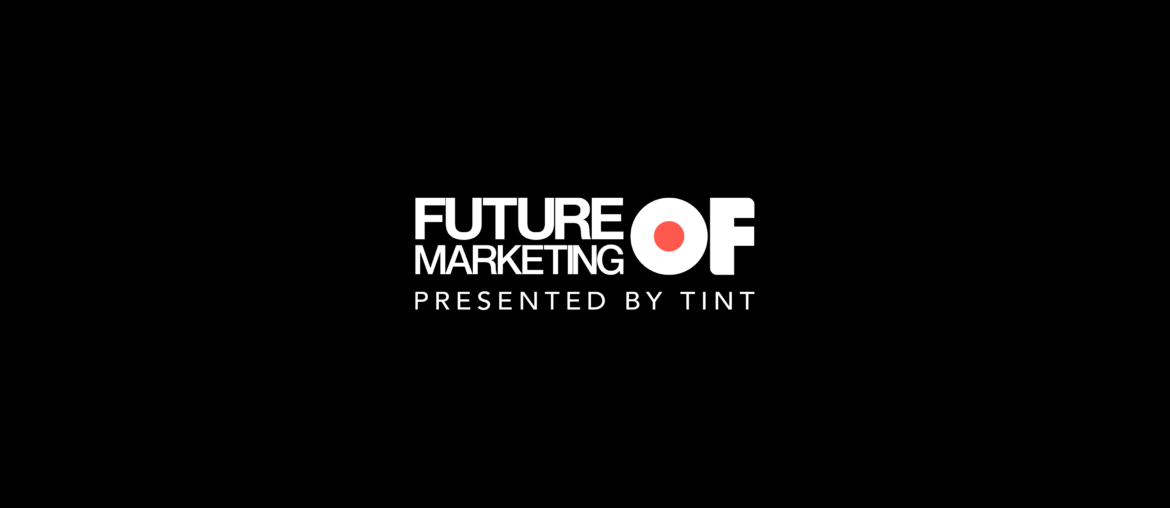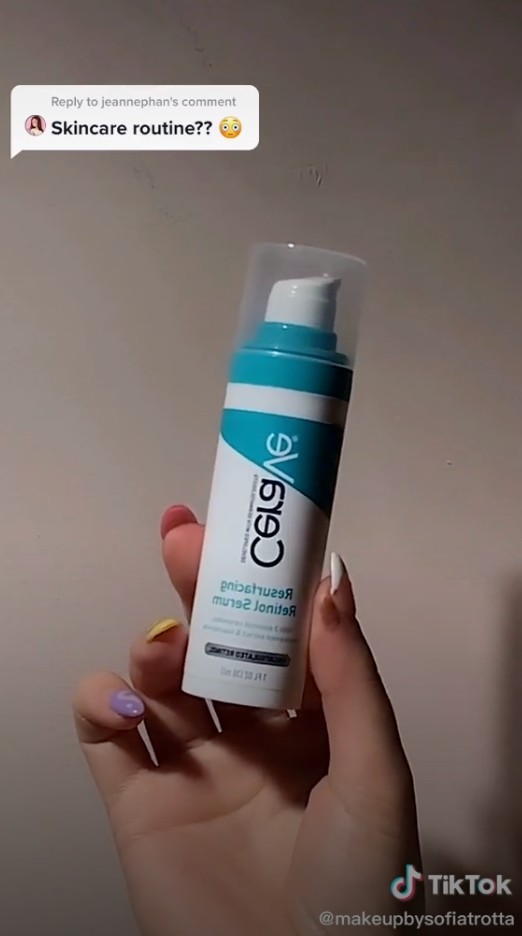This content originally appeared on April 15, 2021 as part of the Future of Marketing weekly email series. Subscribe here.
Welcome to Future of Marketing.
Each week, we send you the most relevant trends, resources, and strategies in social and user-generated content (UGC) from leading marketers and brands around the globe.
Today, we’re discussing…
- How UGC affects consumer behavior
- Turning customers into advocates
- #BrandCrush: H&M
UGC affects consumer behavior
Humans are largely influenced by other people’s experiences.
Picture this:
You’re scrolling through TikTok and find your favorite nano-influencer sharing and tagging her #skincareroutine because a fan asked for it.
The influencer shares the products they’re using to achieve flawless skin (i.e. Cerave). Then, find yourself researching pricing and customer testimonials on their website. Everything aligns, you add it to your shopping cart, and make the purchase.
But wait.
You love your new product so much, you upload a before and after photo on social media. Your friend sees your post, mirrors the same behaviors, and buys the product. The product worked, your friend shares a testimonial online, more people see it – and the cycle continues.
That’s the power of UGC.
TIP: Get in your target audience’s shoes and study what industry leaders or influencers they look up to, including content or hashtags they engage with. It’ll give you an idea of the content your brand needs to create (and re-share) to attract ideal buyers.
Turn customers into advocates
The best brands place customers at the core of their marketing strategy – driving word-of-mouth (and revenue) at every step of the journey. After all, loyal customers are five times more likely to purchase again and four times more likely to refer a friend to a brand.
One of the most notable advantages of focusing on your customers is that it pushes brands to create great experiences, turn customers into advocates, and repurpose testimonials.
Here’s how you can turn customers into advocates for your brand:
- Attract people with high-converting content on your website or social media (like UGC)
- Engage your audience with newsletters, polls, giveaways, and by answering their questions
- Delight customers by offering referral incentives, excellent customer service, and re-sharing their testimonials (or UGC) on your channels
Then, repeat.
Food for thought: It takes customers an average of 7 interactions with a brand before they make a purchase. Catch your target audience wherever they are – social media, newsletter, billboards, events, ads, even physical mail – and share social proof to increase conversions.
What we’re learning
- When social meets eCommerce
- Intro to consumer sentiment and how to boost it
- The rules of reposting content on Instagram
- How older users are engaging on TikTok
- Snapchat wants you to post. It’s willing to pay millions
#BrandCrush: H&M 💘
Each week in #brandcrush, we highlight exceptional brands that are channeling their customers’ voice to connect more authentically with their audience.
H&M, a global fast-fashion clothier, turns customers into brand advocates.
When you find a product on their website, you’ll notice they re-share UGC from social media in a gallery called “Styled by You.”
These visual testimonials give potential customers the ability to see how a specific product will look before they purchase (which increases conversions). To reduce cart abandonment rates, they even made user-generated images shoppable – giving visitors the ability to “shop the look” without much friction.
H&M also re-shares these images on their Instagram feed, which not only balances branded content with UGC – but it saves time and money it takes to produce content in-house.
AND marketing feels more authentic.



